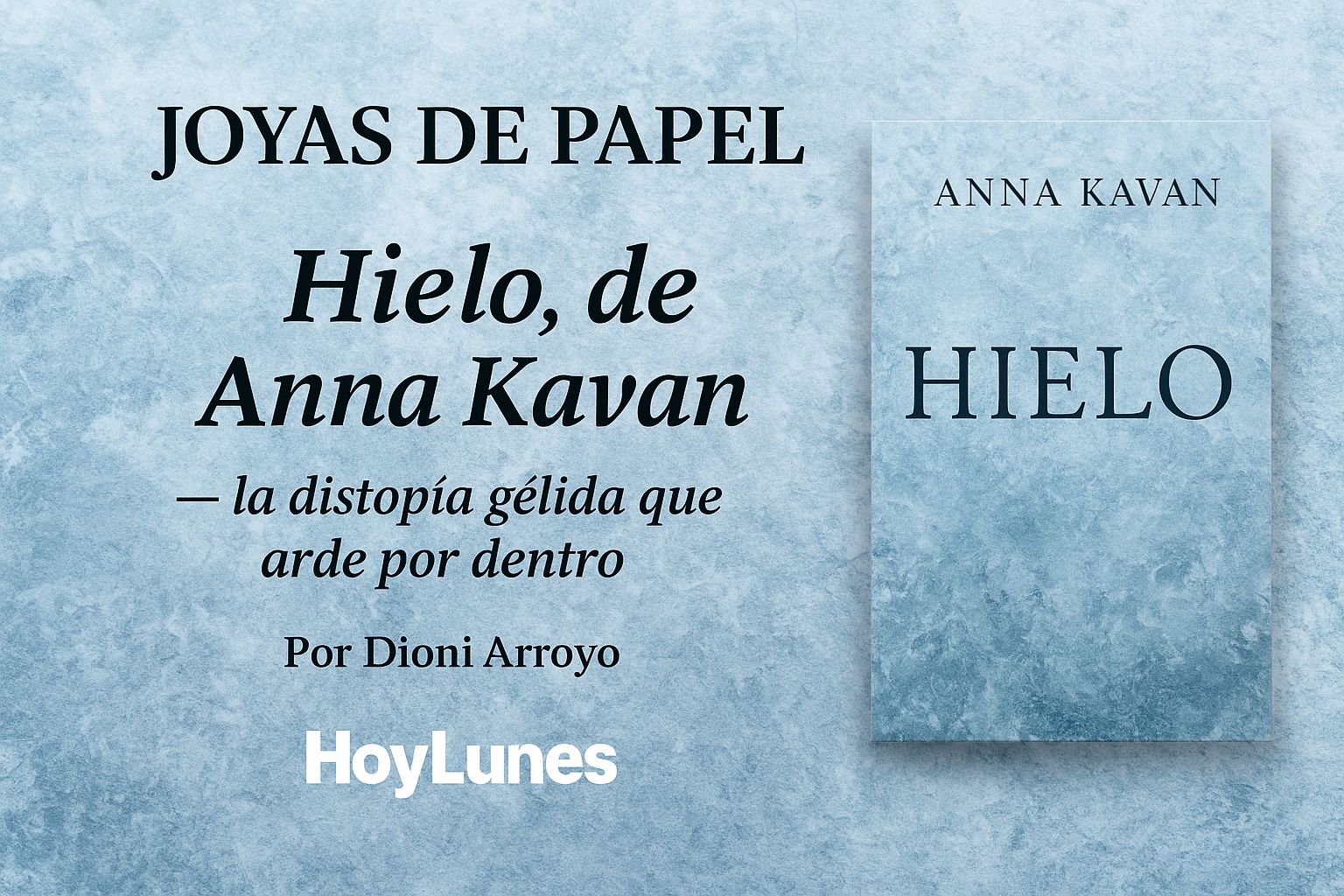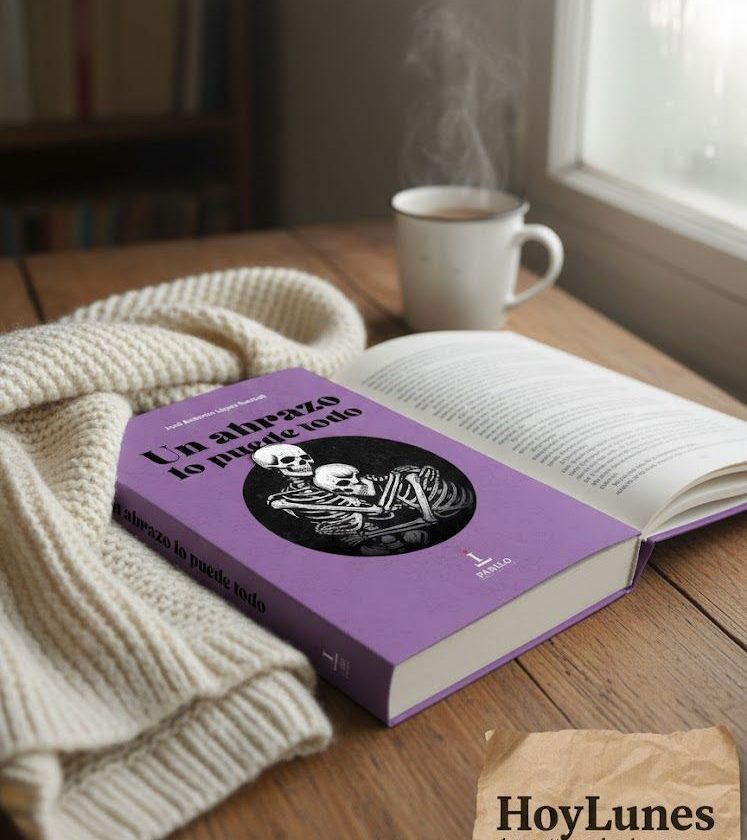A must-read rediscovered by Dioni Arroyo: an apocalyptic, poetic, and unsettling novel where ice becomes a metaphor for addiction, control, and escape.
By Dioni Arroyo
HoyLunes – For a writer like me, it is always a pleasure to talk about the great novels that have left a mark on me, that have shaped my life’s path, and about which I always feel the urge to write, to share, and to review for literature lovers.
That is why I have decided to launch this literary space, “Paper Jewels“, at the newspaper “HOYLUNES.COM”, which brings back books worth rescuing, encouraging you to discover a disturbing literary gem filled with questions: “Ice”, regarded by critics as the masterpiece of the English writer “Anna Kavan” (Cannes, 1901 – London, 1968), pseudonym of Helen Emily Woods, first published in 1967 and reissued in Spain in 2021 thanks to the Andorran publishing house Trotalibros.
“Ice” was published in Great Britain during a time of social polarization, crisis of values, and the decline of a conservative society that foreshadowed the great revolutions that would erupt months later. That year, Anna Kavan was sixty-six years old, and without knowing it, wrote the greatest work of her life: groundbreaking and transgressive, indefinable and unique, which enjoyed overwhelming success.
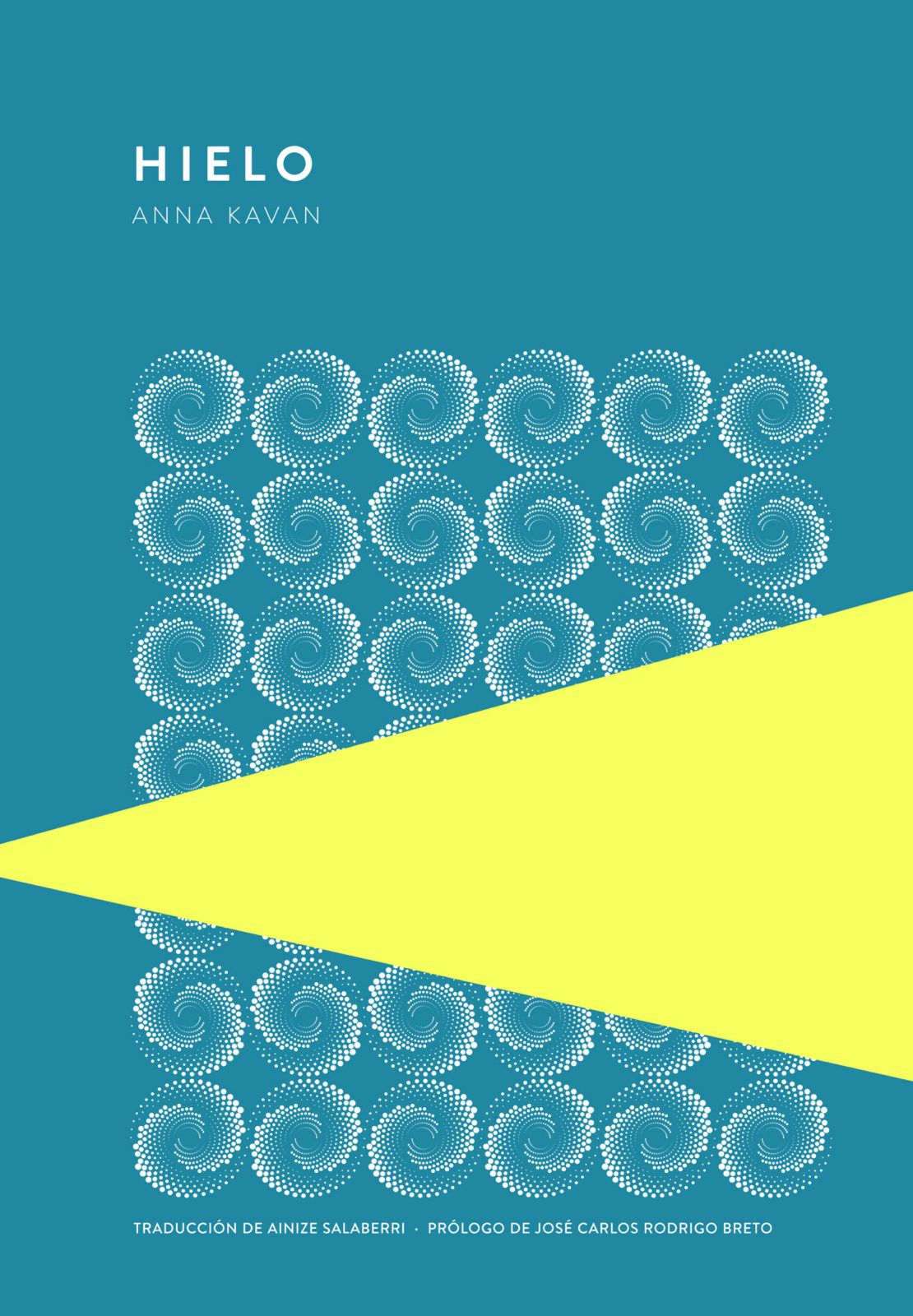
Classified as dystopian and even surreal, its reading allows for multiple interpretations, due to the richness of its psychological introspection and the depth of its elements.
The novel depicts a world on the verge of the end. The use of thermonuclear weapons has accelerated climate change, whose consequences lead to a new ice age. Ice begins to advance, engulfing civilization step by step, destroying every form of life, every trace of hope. Amid this chaos, our narrator emerges, since the novel is written in the first person. He is an extravagant man, cloaked in shadows: his only purpose in life, the sole meaning of his pitiful existence, is to find and rescue a fragile, silver-haired woman.
The woman in question may be an alter ego of the author, someone who needs to flee from the world, to draw nearer to the inevitable ice that threatens every trace of life, to head straight into death.
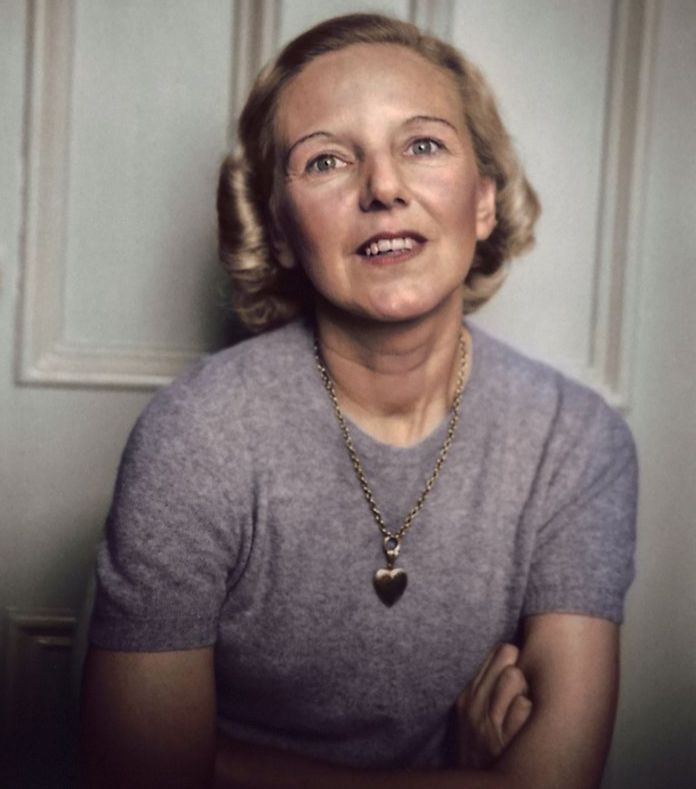
The narrator, who claims to be this woman’s savior, is aware that she does not wish to be saved, but his obsession proves stronger, becoming an irrational ambition that renders him possessive, domineering, and manipulative. One of the most striking aspects of this novel is how, as we advance through its pages, we become aware that we cannot trust the narrator, for he seeks to manipulate us, to convince us of his supposedly noble intentions.
The sensations of cold, loneliness, and an irreparable fate, like an unavoidable “fatum”, are constant in the work, while the lack of communication reveals the moral decay of an era that was itself about to end.
The novel may be considered both apocalyptic and science fiction, where criticism of our world shines through, but also as a story of feminist vindication, in which the supposed rescuer transforms into a brutal and merciless persecutor of a fragile, elusive woman who asserts her place in the world. At the same time, it also offers another reading that brings us closer to the author’s own life.
Anna Kavan’s existence was anguished and haunted by tragedy. Marked by her father’s suicide and by a mother who forbade her from studying at Oxford, she married and divorced twice, and endured the death of her son during World War II. She spent long periods in psychiatric hospitals in England and Switzerland, and the rest of her life was plagued by unending depressions and an addiction to heroin that accompanied her until her death. She died a year after the publication of “Ice”, the novel that earned her long-deserved recognition, but a heart attack barely allowed her to enjoy its success. The police, upon finding her body, would tell the press that in her dreary home there was enough heroin to kill the entire street.
It is striking that the moment of her greatest literary creativity came at such an advanced age, though not an exception: let us remember that “Don Quixote” was written by Cervantes at sixty, and that Daniel Defoe created “Robinson Crusoe” at fifty-nine; two very fitting examples.
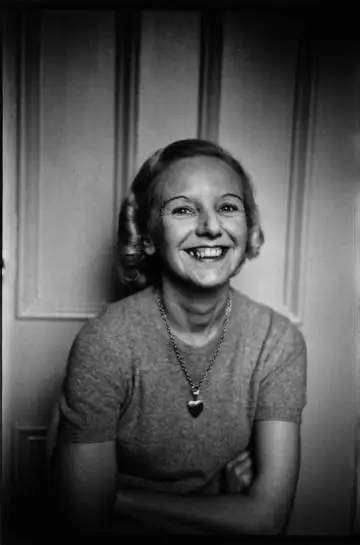
Of Kavan’s previous works, I would highlight the short story anthology “Asylum Piece”, though it does not reach the literary heights of “Ice”; these two remain the only works of hers translated into Spanish. She wrote it while immersed
in a severe heroin addiction, imprisoned by her own shadow—as psychiatrist and psychoanalyst Carl Gustav Jung would put it, that shadow that reflects our dark side, that which we are ashamed of and cannot free ourselves from. Ice is a powerful metaphor for the addiction that ultimately consumed her, from which she could never escape, despite those who, without understanding her inner world, pressed her to break free from the chains that destroyed an entire generation.
Also underlying, as mentioned earlier, is feminist criticism of the narrator’s attitude: he has no interest in the desires and dreams of the silver-haired young woman, only in satisfying his obsession and obtaining the exotic trophy. The struggle to escape, the myth of eternal flight, the desire to disappear in a world reduced to ashes beneath the ice places us before a work filled with allegories that traverse the existential and vital drama of old Europe, defeated and mortally wounded by so many wars, so many divisions, unable to find reasons to keep existing.
The great writer Brian Aldiss described Kavan as the heir of De Quincey and the sister of Kafka; and Doris Lessing declared that there was no novel comparable to “Ice”.
This is a disturbing and unsettling novel, yes, but a necessary one to understand the mood of an era and the inner world of one of the most enigmatic writers of the twentieth century. With exemplary skill, through brief and simple descriptions, she reveals a world and characters drawn with precision, leaving an indelible memory in the reader.
That is why I strongly encourage you to read it. Furthermore, it has been published in a luxury edition, hardcover, with an elegant back band where its synopsis can be found.
A great success by Trotalibros, giving new life to this remarkable work translated by Ainize Salaberri and introduced by José Carlos Rodrigo.
Happy reading!

#hoylunes, #joyas_de_papel, #dioni_arroyo, #hielo, #anna_kavan,
